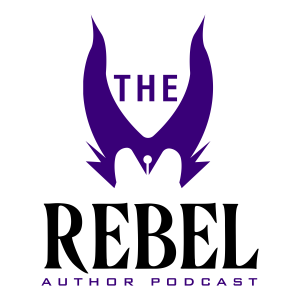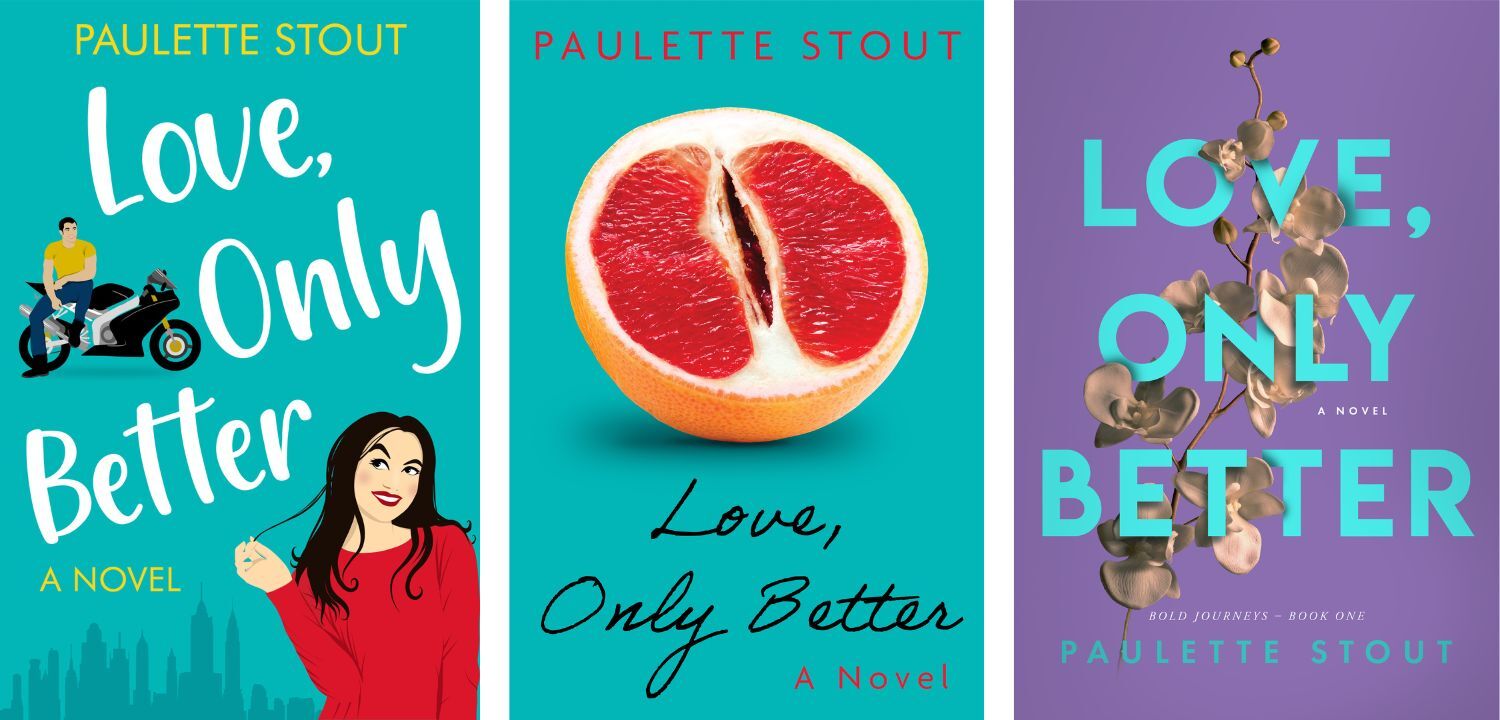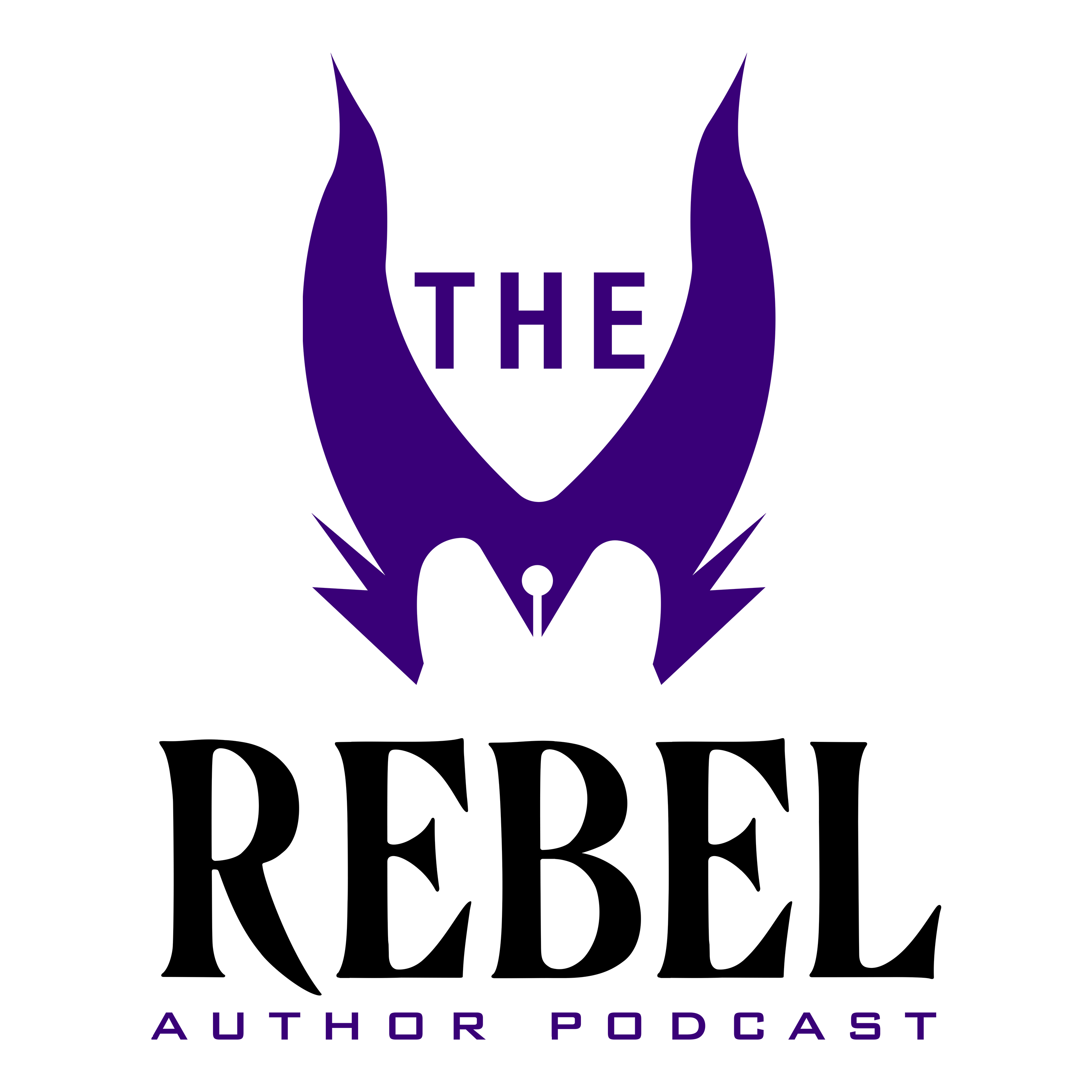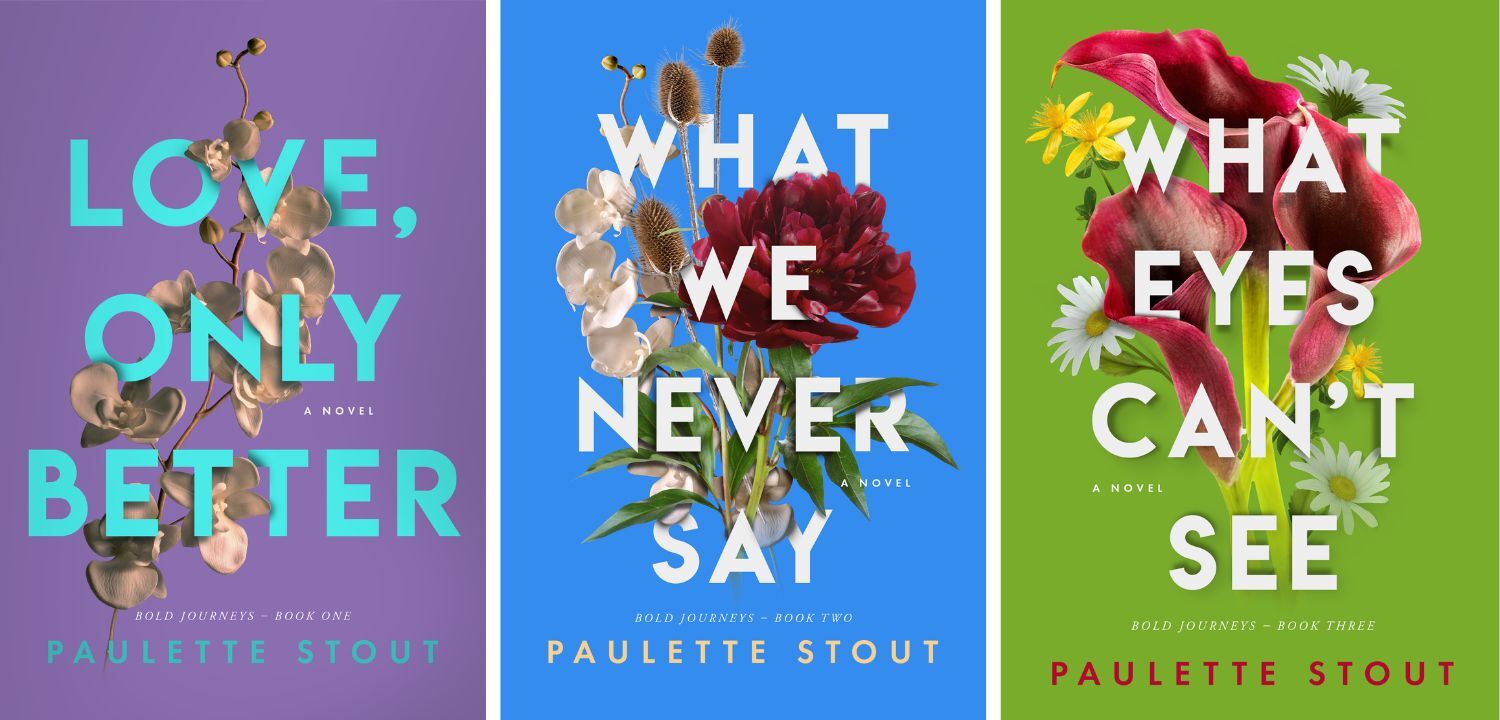Episodes

Wednesday Nov 22, 2023
217 Strategies for Mastering Your Reading Habits with Nick Hutchison
Wednesday Nov 22, 2023
Wednesday Nov 22, 2023
Episode Show Notes
In this episode we cover:
- Personal development books
- Choosing what to read next
- Starting a new reading habit
- Reading effectively and taking notes
- 11-step method for success
Find out more about Nick:
DM Nick at instagram.com/bookthinkers for personalized book recommendation
Rebel of the Week is: Lottie
If you’d like to be a Rebel of the week please do send in your story, it can be any kind of rebellion. You can email your rebel story to rebelauthorpodcast@gmail.com
1 new patron this week, welcome and thank you to altairstar. A big thank you to my existing patrons as well. If you’d like to support the show, and get early access to all the episodes as well as bonus content you can from as little as $2 a month by visiting: www.patreon.com/sachablack

Wednesday Nov 15, 2023
216 Feminist Fantasy with Laura Bates
Wednesday Nov 15, 2023
Wednesday Nov 15, 2023
Episode Show Notes
In this episode we cover:
- Writing about gender equality and women’s issues
- Choosing which messages to refine in your book
- Managing the emotional toll of writing sensitive topics
- Character development in feminist storytelling
- Using accessible language
This week’s question is: what are you asking Santa for christmas?
Recommendation of the week is: Rhapsodic by Laura Thalassa
***this show uses affiliate links
Find out more about Laura:
Rebel of the Week is: Anonymous
If you’d like to be a Rebel of the week please do send in your story, it can be any kind of rebellion. You can email your rebel story to rebelauthorpodcast@gmail.com
A big thank you to my all of my existing patrons. If you’d like to support the show, and get early access to all the episodes as well as bonus content you can from as little as $2 a month by visiting: www.patreon.com/sachablack

Wednesday Nov 08, 2023
215 Planning Your 2024 Self Publishing with Orna Ross
Wednesday Nov 08, 2023
Wednesday Nov 08, 2023
Episode Show Notes
In this episode we cover:
- Planning as an indie author
- Maker, manager and marketeer
- How to plan for 2024
- What being a good publisher means
- Knowing what to measure
This week’s question is: who or what is inspiring or motivating you at the moment?
Recommendation of the week is: The Lies of Locke Lamora by Scott Lynch
***this show uses affiliate links
Find out more about Orna:
Go Creative! Planning Program for Authors & Poets Kickstarter
Rebel of the Week is: Helen
If you’d like to be a Rebel of the week please do send in your story, it can be any kind of rebellion. You can email your rebel story to rebelauthorpodcast@gmail.com
Lots of new patrons this week, welcome and thank you to I Heart SapphFic, Kiz Moncrieff, Lyn, Leela Hughes and Brooke T Carr, and thanks to The Blumenkranz Twins for upping their pledge. A big thank you to my existing patrons as well. If you’d like to support the show, and get early access to all the episodes as well as bonus content you can from as little as $2 a month by visiting: www.patreon.com/sachablack

Wednesday Nov 01, 2023
214 Editing for Clarity and Sensory Detail with Krystal Craiker
Wednesday Nov 01, 2023
Wednesday Nov 01, 2023
Episode Show Notes
In this episode we cover:
- What does “editing for clarity” mean
- How to write with more clarity
- Developing self-editing skills
- When to use sensory details
- How PWA can help with clarity and sensory detail
This week’s question is: What's the most valuable lesson you've learned from a creative failure or mistake?
Recommendation of the week is: The Tropoholic's Guide to Internal Romance Tropes by Cindy Dees
***this show uses affiliate links
Find out more about Krystal and ProWritingAid:
Rebel of the Week is: Matthew Goodall
If you’d like to be a Rebel of the week please do send in your story, it can be any kind of rebellion. You can email your rebel story to rebelauthorpodcast@gmail.com
No new patrons this week, but a big thank you to my existing patrons. If you’d like to support the show, and get early access to all the episodes as well as bonus content you can from as little as $2 a month by visiting: www.patreon.com/sachablack
This Show is Sponsored by ProWritingAid

Wednesday Nov 01, 2023
The Black Herron: Episode 14
Wednesday Nov 01, 2023
Wednesday Nov 01, 2023
Hello Rebels and welcome to fireside chat number fourteen between Rachael Herron and I. This is The Black Herron episode fourteen. Don't forget, Patrons get early access to these episode an entire month early and then we air them on the podcast feeds the following month. If you’d like to hear them early you can join me on Patreon from as little as $2 right here.
To find out more about Rachael, you can listen to her show “How Do You Write” or visit her website.
*
If you like dark humour, learning through examples and want to create the best villains you can, then you’ll love Sacha Black’s guide to crafting superbad villains. Read 13 Steps to Evil today and start creating kick-ass villains.

Wednesday Oct 25, 2023
213 How to Write Folklore Inspired Fiction with Icy Sedgwick
Wednesday Oct 25, 2023
Wednesday Oct 25, 2023
Episode Show Notes
In this episode we cover:
- How to leverage folklore in your narrative
- Using folklore as the basis of a fictional story
- Translating folklore into modern story
- Incorporating folklore without appropriating cultures
- Famous works that draw from folklore and mythology
This week’s question is: what do you do for fun that isn’t reading, writing or work?
Recommendation of the week is: Fourth Wing by Rebecca Yarros
***this show uses affiliate links
Find out more about Icy:
David Mogo Godhunter by Suyi Davies Okungbowa
Rebel of the Week is: Emma
If you’d like to be a Rebel of the week please do send in your story, it can be any kind of rebellion. You can email your rebel story to rebelauthorpodcast@gmail.com
1 new patron this week, welcome and thank you to Cara Clare. A big thank you to my existing patrons as well. If you’d like to support the show, and get early access to all the episodes as well as bonus content you can from as little as $2 a month by visiting: www.patreon.com/sachablack
THIS EPISODE IS SPONSORED BY KOBO WRITING LIFE
Visit Kobo Writing Life here, read the Kobo Writing Life blog here, and listen to their podcast here.

Wednesday Oct 18, 2023
212 Writing Controversy with Paulette Stout
Wednesday Oct 18, 2023
Wednesday Oct 18, 2023
Episode Show Notes
In this episode we cover:
- Writing about taboo and controversial topics
- Educating readers through your work
- Working with sensitivity readers
- Setting and managing sales expectations
- Navigating genre expectations
This week’s question is: what one book do you want to read before the year is out?
Recommendation of the week is: Story Hypothesis: The Missing Piece of Your Fiction Puzzle by patron JP Rindfleisch IX
***this show uses affiliate links
Find out more about Paulette:
Paulette's Cover Saga:

Rebel of the Week is: Jessica (aka Beatrice Bradshaw)
If you’d like to be a Rebel of the week please do send in your story, it can be any kind of rebellion. You can email your rebel story to rebelauthorpodcast@gmail.com
No new patrons this week, but a big thank you to my existing patrons. If you’d like to support the show, and get early access to all the episodes as well as bonus content you can from as little as $2 a month by visiting: www.patreon.com/sachablack

Wednesday Oct 11, 2023
211 Writing the Shadow Self with Joanna Penn
Wednesday Oct 11, 2023
Wednesday Oct 11, 2023
Episode Show Notes
In this episode we cover:
- What the shadow is and its importance for writers
- Identifying shadow elements
- How to know if you’re tapping into the shadows
- Capitalizing on your shadow in the age of AI
- Shadow in a character’s back story and relationships
This week’s question is: what are you going to complete in the final quarter of the year?
Recommendation of the week is: Written in the Stars by Alexandria Bellefleur
***this show uses affiliate links
Find out more about Joanna:
Kickstarter for Writing the Shadow: Turn Your Inner Darkness Into Words
Rebel of the Week is: Moose
If you’d like to be a Rebel of the week please do send in your story, it can be any kind of rebellion. You can email your rebel story to rebelauthorpodcast@gmail.com
1 new patron this week, welcome and thank you to Mandy Oman. A big thank you to my existing patrons as well. If you’d like to support the show, and get early access to all the episodes as well as bonus content you can from as little as $2 a month by visiting: www.patreon.com/sachablack

Wednesday Oct 04, 2023
210 Writing and Selling Middle Grade Fiction with Melisa Torres
Wednesday Oct 04, 2023
Wednesday Oct 04, 2023
Episode Show Notes
In this episode we cover:
- Business differences with middle grade fiction
- Marketing middle grade fiction
- How to engage with your audience
- Advice for in-person events
- Creating dialogue that resonates with younger readers
This week’s question is: Tell me about a skill/party trick you have that would surprise people
Recommendation of the week is: Yellowface by R.F. Kuang
***this show uses affiliate links
Find out more about Melisa:
Perfect Balance Gymnastics Series
Rebel of the Week is: Amy Nielsen
If you’d like to be a Rebel of the week please do send in your story, it can be any kind of rebellion. You can email your rebel story to rebelauthorpodcast@gmail.com
1 new patron this week, welcome and thank you to Jesse C. A big thank you to my existing patrons as well. If you’d like to support the show, and get early access to all the episodes as well as bonus content you can from as little as $2 a month by visiting: www.patreon.com/sachablack
This Show is Sponsored by ProWritingAid
Get 20% off using this Rebel Discount link.

Wednesday Sep 27, 2023
209 Beyond Your First Book with Lewis Jorstad
Wednesday Sep 27, 2023
Wednesday Sep 27, 2023
Episode Show Notes
In this episode we cover:
- The four different types of series
- How to plan when writing a series
- Series arcs and what plot points they need
- Keeping later books engaging
- What to put in a series bible
This week’s question is: What part of story do you find hardest to write and why?
Recommendation of the week is: Diary of a CEO by Steven Bartlett
***this show uses affiliate links
Find out more about Lewis:
Rebel of the Week is: Sera M
If you’d like to be a Rebel of the week please do send in your story, it can be any kind of rebellion. You can email your rebel story to rebelauthorpodcast@gmail.com
Welcome to new patron Kim Barton and returning patron Juneta Key. A big thank you to my existing patrons as well. If you’d like to support the show, and get early access to all the episodes as well as bonus content you can from as little as $2 a month by visiting: www.patreon.com/sachablack





